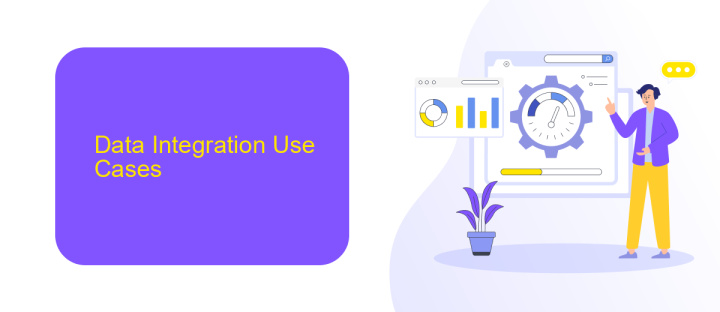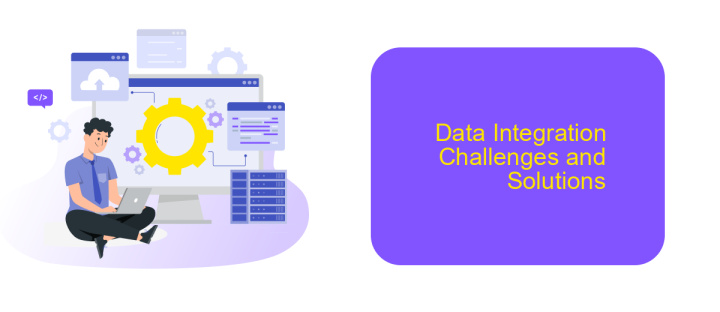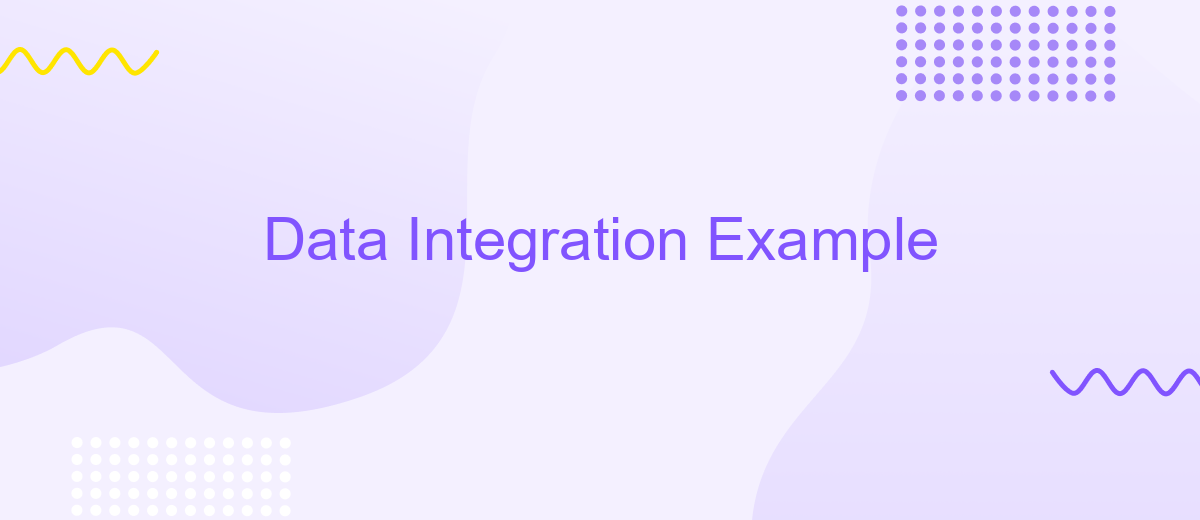Data Integration Example
Data integration is a crucial process in today's data-driven world, enabling seamless connectivity and coherent analysis across diverse data sources. This article explores a practical example of data integration, demonstrating how different data sets can be combined to provide comprehensive insights. By understanding this example, readers will gain a clearer perspective on the benefits and methodologies of effective data integration.
Introduction
Data integration is a crucial process for businesses aiming to consolidate data from various sources into a unified view. This enables more accurate analysis, reporting, and decision-making. Effective data integration helps in eliminating data silos, enhancing data quality, and providing a holistic view of business operations.
- Combining data from multiple sources
- Ensuring data consistency and accuracy
- Facilitating real-time data access and analysis
- Enhancing data governance and compliance
One effective tool for achieving seamless data integration is ApiX-Drive. This service allows businesses to automate data transfer between various platforms without the need for coding. By utilizing ApiX-Drive, companies can save time, reduce errors, and focus on leveraging their data for strategic insights. Integrating data efficiently has never been easier, thanks to the advanced capabilities provided by such services.
Data Integration Use Cases

Data integration is crucial for businesses that aim to streamline operations, enhance decision-making, and improve customer experiences. One common use case is integrating customer relationship management (CRM) systems with marketing automation platforms. This allows companies to synchronize customer data, ensuring that marketing campaigns are precisely targeted and personalized. Another use case involves integrating e-commerce platforms with inventory management systems, which helps businesses maintain accurate stock levels and avoid overselling or stockouts.
Additionally, data integration is vital in the healthcare sector, where patient data from various sources such as electronic health records (EHR) and lab systems need to be consolidated for comprehensive patient care. Tools like ApiX-Drive facilitate these integrations by offering a user-friendly interface and pre-built connectors, enabling seamless data flow between disparate systems. By leveraging such services, organizations can automate data transfers, reduce manual errors, and ensure that critical information is always up-to-date.
Data Integration Process

Data integration is a crucial process for combining data from different sources into a unified view. This ensures that all organizational data is accessible and usable for analysis and decision-making. The process involves several steps, each critical for achieving seamless integration.
- Data Extraction: The first step is to extract data from various sources such as databases, cloud services, and APIs.
- Data Transformation: Next, the extracted data is cleaned and transformed into a consistent format suitable for analysis.
- Data Loading: Finally, the transformed data is loaded into a central repository, such as a data warehouse or data lake.
Tools like ApiX-Drive can simplify this process by automating data extraction and transformation from multiple sources. ApiX-Drive offers integrations with various platforms, ensuring that data flows seamlessly into your central repository without manual intervention. Utilizing such tools can significantly enhance the efficiency and accuracy of data integration efforts.
Data Integration Challenges and Solutions

Data integration presents several challenges that can complicate the process of merging data from different sources. One of the primary issues is data inconsistency, where data formats and structures vary across systems. This can lead to difficulties in ensuring data accuracy and reliability.
Another significant challenge is data security. Integrating data from multiple sources increases the risk of data breaches and unauthorized access. Ensuring that data is securely transferred and stored is crucial to maintaining data integrity.
- Data inconsistency
- Data security
- Scalability issues
- Real-time data processing
Solutions to these challenges include using robust data integration platforms like ApiX-Drive, which can automate the data integration process and ensure consistency across different systems. ApiX-Drive offers secure data transfer protocols and scalable solutions that can handle real-time data processing. By leveraging such tools, businesses can streamline their data integration efforts and maintain high data quality standards.
Data Integration Tools and Technologies
Data integration tools and technologies are essential for combining data from various sources into a unified view. These tools facilitate the extraction, transformation, and loading (ETL) of data, ensuring that information is accurate, up-to-date, and readily accessible. Popular ETL tools like Talend, Apache Nifi, and Informatica offer robust solutions for managing data workflows, enabling organizations to streamline their data integration processes efficiently.
In addition to traditional ETL tools, there are modern integration platforms like ApiX-Drive, which provide no-code solutions for connecting disparate systems. ApiX-Drive allows users to automate data flows between applications without requiring extensive technical knowledge. This platform supports a wide range of integrations, making it easier for businesses to synchronize data across various software solutions. By leveraging these tools and technologies, organizations can enhance their data management capabilities, improve decision-making, and gain valuable insights from their integrated data.
FAQ
What is data integration?
Why is data integration important?
What are common challenges in data integration?
How can I automate data integration processes?
What should I consider when choosing a data integration tool?
Do you want to achieve your goals in business, career and life faster and better? Do it with ApiX-Drive – a tool that will remove a significant part of the routine from workflows and free up additional time to achieve your goals. Test the capabilities of Apix-Drive for free – see for yourself the effectiveness of the tool.

